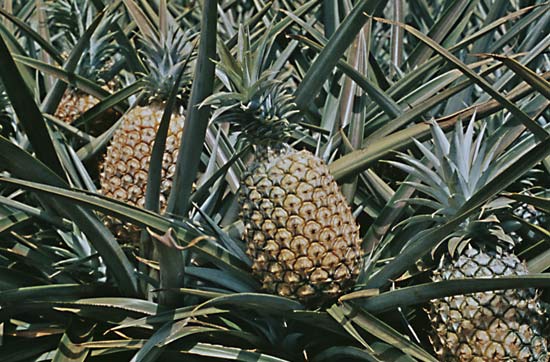Tropical fruit Kathal (Jackfruit)
Bongsong · 9 months ago
Discover the unique and versatile taste of our Kathal, commonly known as Jackfruit, a tropical delight that brings a burst of sweetness and nutrition to your table. This exotic fruit is celebrated for its distinct flavor, combining sweet, tropical notes with a hint of tanginess, making it a culinary treasure. Our Kathal is carefully sourced to ensure it is fresh and ripe. The fruit is encased in a large, spiky green exterior, which when opened reveals succulent yellow pods. These pods are firm and fibrous, providing a satisfying texture that can be enjoyed in various ways. Whether eaten fresh, cooked in savory dishes, or used as a meat substitute in vegan recipes, jackfruit’s versatility knows no bounds. Jackfruit is not only delicious but also packed with nutrients. It is an excellent source of vitamins A and C, dietary fiber, and antioxidants, contributing to improved digestion, boosted immunity, and overall well-being. The large size of the fruit makes it perfect for sharing with family and friends, ensuring everyone can enjoy its rich flavors and health benefits.


